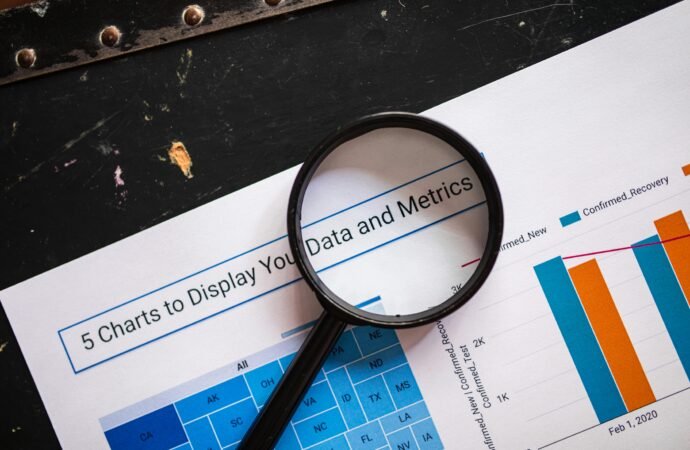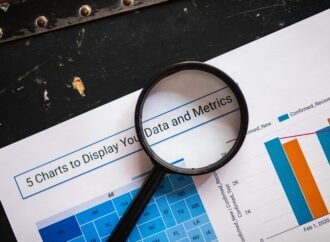Discover the top data analytics trends of 2025, from AI-powered insights to real-time processing and predictive analytics, that are reshaping business decision-making.
As we move deeper into 2025, data analytics continues to evolve at a rapid pace, fundamentally transforming how businesses make decisions. Today’s trends are all about harnessing advanced technologies to turn raw data into actionable insights.
AI-Powered Analytics
Artificial intelligence and machine learning are revolutionizing data analytics by uncovering hidden patterns, identifying anomalies, and predicting future trends with increasing accuracy. These intelligent systems enable businesses to move beyond reactive decision-making and adopt a proactive approach, allowing them to anticipate customer needs, mitigate risks, and optimize operations in real time. AI-driven insights are becoming indispensable across industries, from financial forecasting and healthcare diagnostics to supply chain optimization and marketing personalization.
Real-Time Data Processing
In today’s fast-paced digital economy, the ability to process and analyze data in real time is no longer a luxury but a necessity. Organizations are leveraging real-time analytics to monitor live data streams, track customer behavior, and detect operational inefficiencies as they happen. This immediate access to insights empowers businesses to make agile, data-driven decisions, whether it’s optimizing inventory management, enhancing cybersecurity measures, or improving customer experiences. As IoT devices and 5G connectivity continue to expand, real-time analytics will become even more powerful and accessible.
Predictive and Prescriptive Analytics
Modern analytics goes far beyond simply reporting past events. Predictive analytics uses historical data and machine learning models to forecast future trends, helping businesses stay ahead of potential challenges. Meanwhile, prescriptive analytics takes this a step further by recommending the best course of action based on predictive insights. For example, in e-commerce, these tools can suggest personalized product recommendations, while in manufacturing, they can predict equipment failures and schedule preventive maintenance. By harnessing predictive and prescriptive analytics, companies can reduce uncertainties and make more informed strategic decisions.
Cloud-Based Analytics Platforms
The rise of cloud computing has democratized access to advanced analytics capabilities. Cloud-based platforms allow businesses of all sizes to store, process, and analyze massive datasets without the need for expensive on-premise infrastructure. These solutions offer scalability, flexibility, and cost efficiency, enabling organizations to adapt to growing data demands seamlessly. Additionally, cloud platforms facilitate collaboration, allowing teams to access and share insights from anywhere in the world. With leading providers like Microsoft, Google, and AWS continuously innovating in this space, cloud-based analytics is set to become the backbone of modern data-driven enterprises.
Natural Language Processing (NLP) and Conversational Analytics
Natural Language Processing (NLP) is making analytics more accessible by allowing users to interact with data through conversational queries. Instead of requiring advanced SQL knowledge or complex dashboards, users can simply ask questions in plain language and receive instant insights. This shift is empowering non-technical business users, enabling them to derive valuable insights without needing a data science background. As NLP technology advances, voice-based and chatbot-driven analytics will further simplify how organizations interact with their data, reducing dependency on IT teams and accelerating decision-making.
The Future of Data-Driven Decision-Making
By embracing these emerging trends, organizations can unlock new opportunities for growth, efficiency, and innovation. Businesses that invest in AI, real-time analytics, predictive modeling, cloud solutions, and NLP-powered interfaces will be better equipped to navigate the complexities of a data-driven world. The companies that adapt quickly to these advancements will not only enhance their decision-making processes but also gain a substantial competitive edge in an increasingly digital marketplace.
“The goal is to turn data into information, and information into insight.” – Carly Fiorina, Former CEO of HP






















